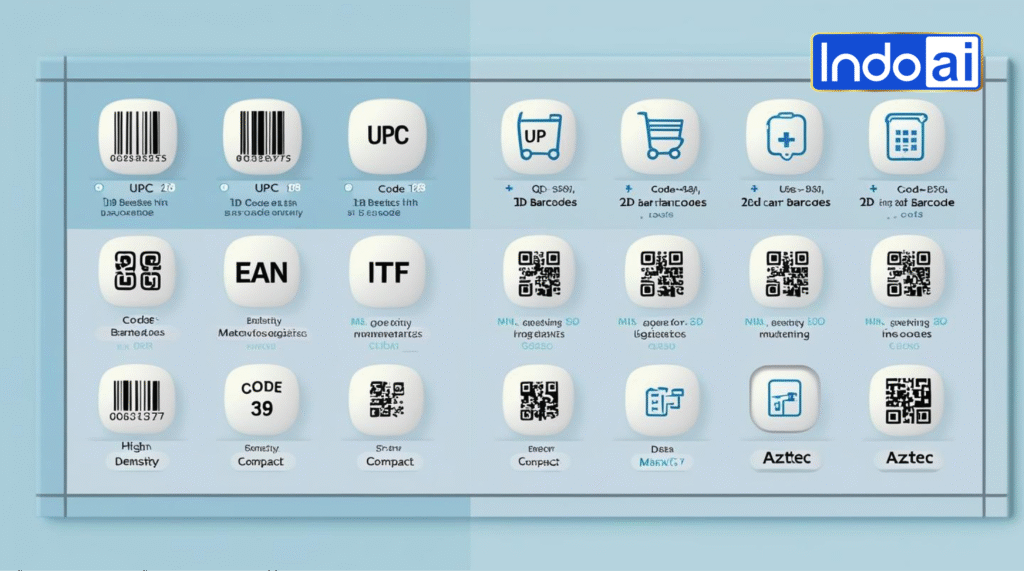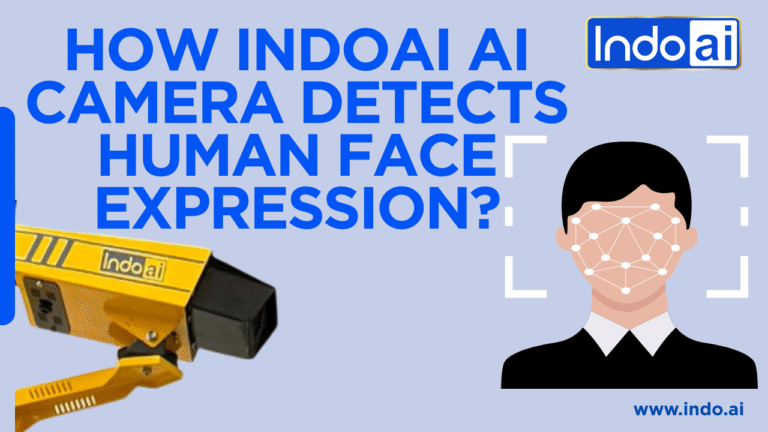A machine-readable optical picture with information specific to the item being labeled is called a barcode or bar code. It is a technique for visual, machine-readable data representation. It uses parallel lines of varied lengths, spacings, and diameters to represent data in barcodes.
What is a barcode?
A machine-readable optical picture with information specific to the item being labeled is called a barcode or bar code. It is a technique for visual, machine-readable data representation. It uses parallel lines of varied lengths, spacings, and diameters to represent data in barcodes.
Here’s a simple explanation of how barcodes function: Consider them a more sophisticated form of character string transfer. They resemble a license plate that is connected to digital files in essence. All kinds of information can be represented by these character strings. This information is encoded in barcode languages (symbologies) for quick transfer through a scanner to a computer rather than physically writing and copying it. Each symbology has a specific algorithm to uniformly encode and save these characters.
Because they make it possible to track and identify goods and assets effectively, barcodes are an indispensable component of modern life. In this article, we will first examine the distinctions between 1D and 2D barcodes before delving into the numerous kinds of barcodes that are readily available.

Different barcode symbologies provide advantages for different uses and sectors due to characteristics like capacity and linearity. The development of barcode technology is constant. For instance, the current boom in 2D barcoding has been well received because it enables you to scan directly from your smartphone and retrieve a variety of information. Why not find out more about the advantages of barcodes?
What are the types of barcodes?
1D vs. 2D Barcodes
Barcodes can be broadly classified into two categories: one-dimensional (1D) and two-dimensional (2D) barcodes. While both serve the purpose of encoding data, they differ in terms of application, scanning technology, layout, and data storage capacity.
1D Barcodes
Also known as linear barcodes, 1D barcodes consist of vertical lines and spaces that vary in width. Data is encoded from left to right in a horizontal line within these lines and spaces. The most recognizable example of a 1D barcode is the Universal Product Code (UPC) found on grocery items. These barcodes can hold up to 85 characters, with more data requiring additional characters.
2D Barcodes
In contrast, 2D barcodes are more complex and can store data both vertically and horizontally. They are composed of dots, squares, rectangles, or hexagons. Examples of 2D barcodes include QR codes, which can be read by lasers or mobile phones. These barcodes have a significantly higher data storage capacity compared to 1D barcodes, with the ability to hold up to 7,089 characters.
What are some most used barcodes?
Code 39 / 1-D

One of the earliest barcodes still in use today, this one is frequently used in the fields of electronics, healthcare, and government. The sole length restriction is the size of the label. It is a lineal, 1D, alphanumeric code that can contain all 128 ASCII characters. Code 128 might be a better option to consider if space is an issue.
Code 128 / 1-D

This little barcode, which was derived from the ASCII 128 character set (0–9, a–z, A–Z, and certain special characters), is widely used in packaging and shipping applications across the globe. The automatic switching setting in Code 128 enables users to tailor it for barcode length.
Interleaved 2 of 5 / 1-D

Code I 2 of 5 is a numeric-only barcode that is frequently used in manufacturing, distribution, and warehouse settings to encrypt pairs of integers. One symbol is produced by pairing every pair of two digits. For this format to function, the number of digits must be even, hence an extra zero is frequently added to the end of an uneven set of integers.
Universal Product Codes (UPC) / 1-D
These barcodes, which are now present on almost all retail goods, were initially developed for grocery stores to facilitate speedy receipt printing and inventory tracking. A manufacturer will receive a special company number to pair with each of their specific product numbers after obtaining a UPC number.
International Article Number (EAN) / 1-D
These barcodes are used specifically by bookshops, libraries, universities, and wholesalers for book traceability and are thought of as a superset of the UPC. The International Standard Book Numbers (ISBNs) for each book that is tracked are converted into these 13-digit numbers. These are standardized for the specific identification of publishers, just like UPCs.
PDF417 / 2-D Code
Many forms of identification, including your driver’s license, contain this stacked, linear 2D barcode. Due to its sophisticated features, such as encapsulating links to many data files, the USPS and Department of Homeland Security have also picked it as their preferred standard. It can, however, be much larger than other 2D barcodes like Datamatrix and QR Codes—4 times larger.
Data Matrix / 2-D Code
This is currently one of the most often used 2D barcodes. It is a square-shaped code that is widely used in the production of electronics and in the medical field since it can store enormous amounts of information in a very little amount of space. Advanced scanners, like smartphones, must “take a picture” of a 2D code and translate the entire image at once. 2D barcodes are superior to 1D barcodes when businesses want greater storage space for barcodes.
Quick Response (QR) Codes / 2-D Code
Increasingly used as marketing tools to link to web-based information, QR Codes are the newest trend in barcoding. Although they are not as small as Data Matrix, you will frequently see them on advertisements and retailers referring to special offers or product information.
Aztec / 2-D Code
The transportation sector frequently uses Aztec codes, especially for tickets and boarding cards. When tickets are printed incorrectly or displayed on a phone, the barcodes can still be read even if they have poor resolution. Unlike certain other 2D barcode kinds, they don’t need a surrounding blank “quiet zone,” hence they can also be smaller.
Aztec barcodes use very little space. They have great error correction to avoid scanning errors and can store a ton of data while remaining relatively modest in size. These codes are nevertheless an effective tool for the transportation, healthcare, and other industries even though they don’t support the same number of characters as QR codes.
What is a QR code and why does it stand out?
Denso Wave, a Japanese corporation, developed QR codes in 1994 as a two-dimensional matrix barcode for labeling vehicle components. They are optical pictures that can be read by machines and contain details unique to the labeled item. To efficiently store data, QR codes use four standardized encoding types: numeric, alphanumeric, byte or binary, and kanji.
Due to their quick reading and larger storage capacity than traditional UPC barcodes, QR codes have grown to be one of the most popular types of two-dimensional codes. They have a considerably wider range of uses, including both convenience-focused mobile tagging applications and commercial tracking systems targeted at mobile phone users. To display text to the user, open a webpage on the user’s device, add a vCard contact, open a Uniform Resource Identifier (URI), connect to a wireless network, or create an email or text message are all possible uses for QR codes.
Traditional barcodes, on the other hand, are one-dimensional and can only hold 20 number digits. They are commonly utilized at retail establishments for inventory control and product identification. However, they have a number of drawbacks, including a small storage capacity and weak error correction.
Due to their increased storage capacity and quicker readability, QR codes are preferred to regular barcodes.
How to recognise the right barcode for your needs?
While UPC and EAN are ideal for running quick scans at a retail point-of-sale terminal, the EAN8, UPC-E and Code 128 can fit in small spaces as they have small form factors making them ideal for product packaging. The material of the surface is also a factor in deciding which barcode to use eg: ITF goes very well with cardboard. PDF417 stands out as a barcode that can store the most data.




